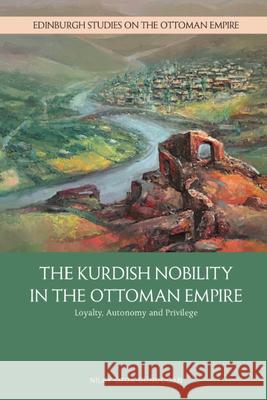The Kurdish Nobility in the Ottoman Empire: Loyalty, Autonomy and Privilege » książka
topmenu
The Kurdish Nobility in the Ottoman Empire: Loyalty, Autonomy and Privilege
ISBN-13: 9781399508612 / Angielski / Twarda / 2022
The Kurdish Nobility in the Ottoman Empire: Loyalty, Autonomy and Privilege
ISBN-13: 9781399508612 / Angielski / Twarda / 2022
cena 465,94 zł
(netto: 443,75 VAT: 5%)
Najniższa cena z 30 dni: 453,37 zł
(netto: 443,75 VAT: 5%)
Najniższa cena z 30 dni: 453,37 zł
Termin realizacji zamówienia:
ok. 22 dni roboczych.
ok. 22 dni roboczych.
Darmowa dostawa!
Kategorie:
Kategorie BISAC:
Wydawca:
EDINBURGH UNIVERSITY PRESS
Język:
Angielski
ISBN-13:
9781399508612
Rok wydania:
2022
Oprawa:
Twarda
Dodatkowe informacje:
Bibliografia
Glosariusz/słownik
Wydanie ilustrowane
Glosariusz/słownik
Wydanie ilustrowane











